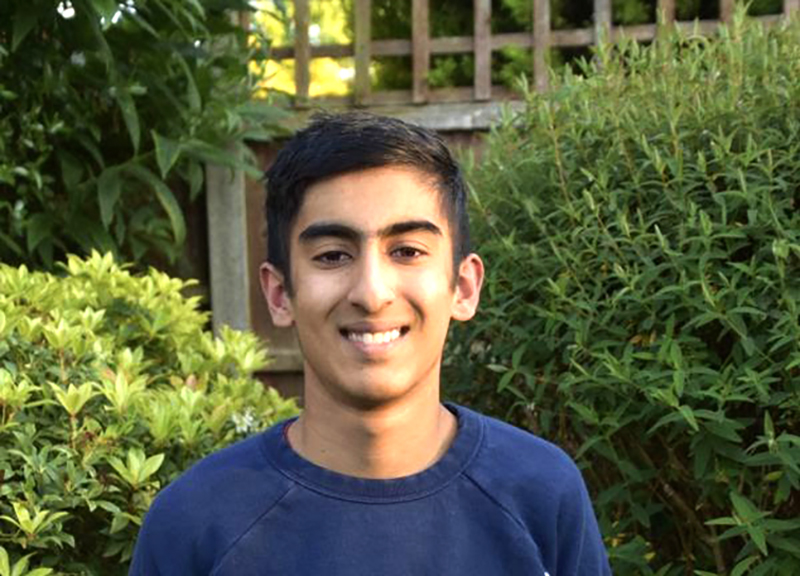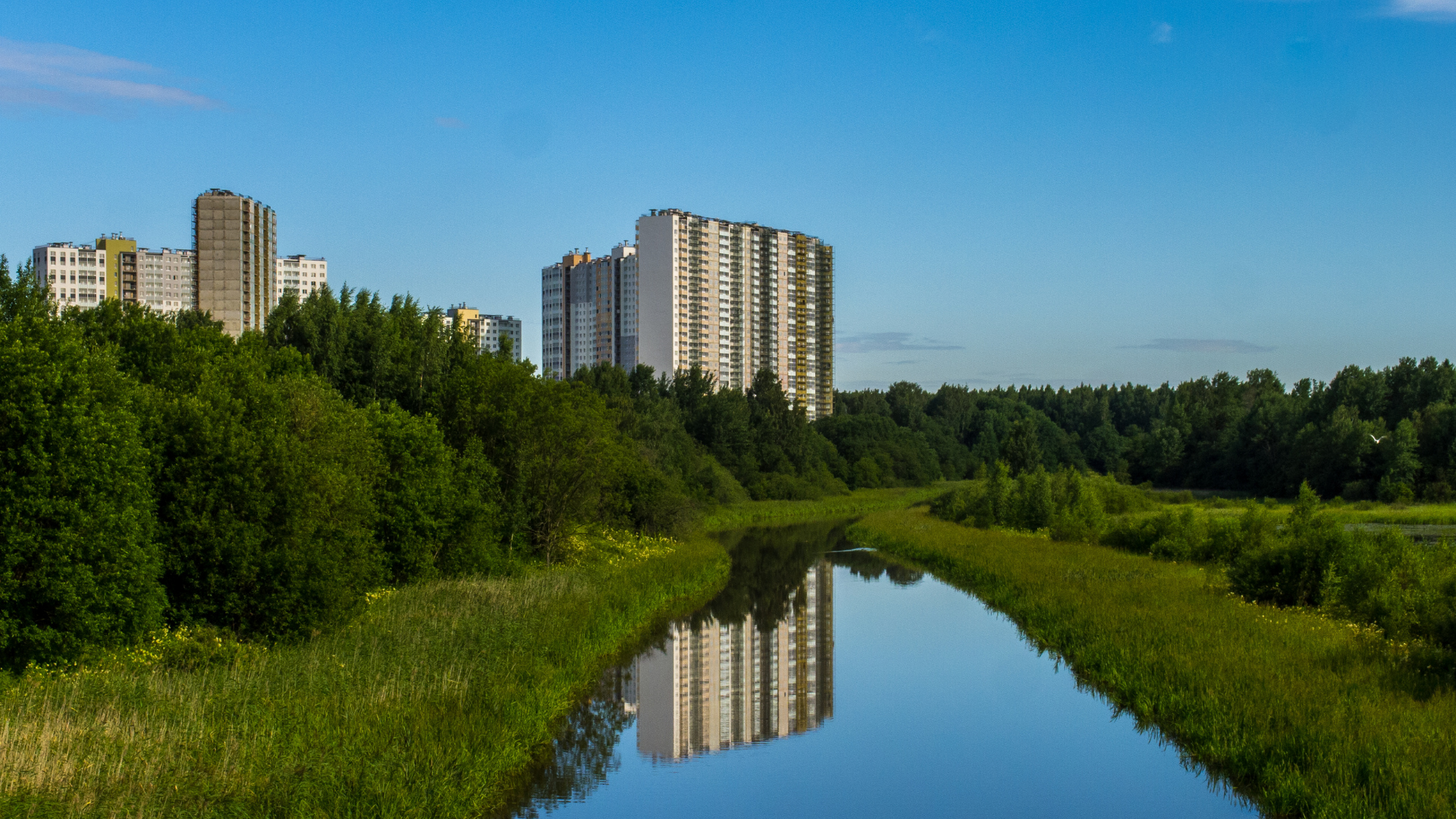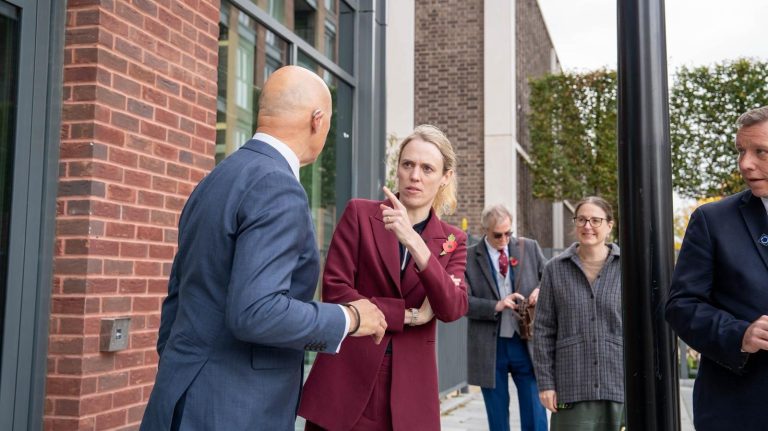London is a busy, bustling capital city, home to over eight million people. Yet wildlife such as badgers, peregrine falcons and grass snakes thrive here too. For the past few years I have been raising awareness of the capital’s urban wildlife, and how each of us can make a difference.
When I was seven, I looked out into my garden and saw many bird species, including house sparrows, goldfinches and blue tits. Seeing them flourishing on my doorstep evoked my curiosity for the natural world, encouraging me to obtain a field guide and binoculars. In the surrounding area, I stumbled upon a number of fascinating green spaces – to think they were in a vast urban area like London was mind-boggling to imagine at first.
Support The Big Issue and our vendors by signing up for a subscription.
Thinking of visiting more parks and nature reserves in the capital, I searched online for a map of them, but to no avail, and wondered how many other people may be in the same situation. In 2016, I began creating my own map of these nature reserves and wildlife sites.
This took three years to complete. Working on the map regularly both improved my geography of London, and gave me a broad perspective of the capital’s varied and diverse habitats, further increasing my interest in London’s unique biodiversity. It also introduced me to the fact that London was not just a sprawling metropolis, but a city that was 47 per cent green!

After completing the map, Nature Reserves of London, curiosity took me to many of the 1,300 wildlife sites displayed on it.









